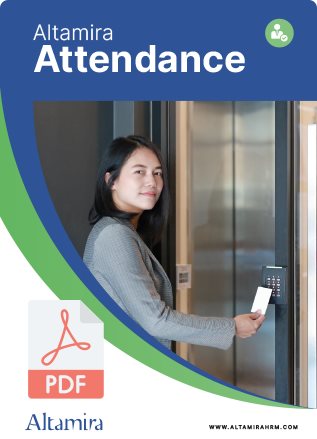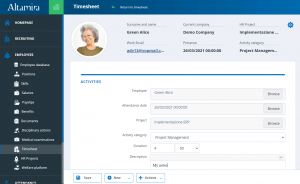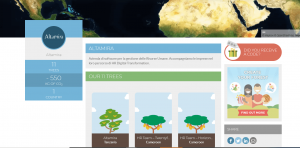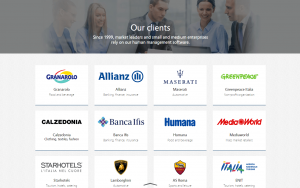It happens to all recruiters and employers, sooner or later, to receive a rejection from the chosen candidate when the selection seemed to have been successfully concluded.
This is a choice a candidate is entitled to, and which many times forces the company to start the search and selection process from scratch, with all the obvious and hidden costs that come with it.
Indeed, the selection process doesn’t always produce other good candidates to fall back on, alternatives that could in any case vanish during the time devoted to the first choice.
It’s impossible to eliminate the risk of a candidate turning down a job offer, but you can take some steps to greatly reduce it.
Let’s look at some of them.
Practice maximum transparency
One of the reasons a candidate may turn down an offer, after going through the whole rigmarole of the selection process, is that they found unexpected details in the offer letter. That’s why you need to be as transparent as possible both in the job ads and during interviews.
A job offer should at least give some indication of the salary range and type of contract offered, in order to attract candidates who are aligned with that offer and filter out those who are not. In addition, it is equally important to convey as accurate a portrait as possible of the tasks required, the daily life in the company, the company climate and training opportunities.
Transparency is also imperative during interviews, where one can go into more detail on these and other issues. It is also best to invite the candidate to ask questions and remove any remaining doubts they may have about our business.
The more awareness and information in the selection process, the less likely it is that the chosen candidate will decide to decline the offer at the last step.
Study the market
It is imperative that the company and HR department analyze the market to understand what salary will meet the expectations of candidates.
We can’t hope to get a high acceptance rate for offer letters if we are well below the average market salary, especially in industries where skilled human resources are scarce.
In particular, we should study the key competitors and companies with characteristics most similar to our own. Many times the candidates we interview will come from those organizations.
Be quick
Each day of delay in completing the selection process increases the risk that the candidate will receive another offer, or a counteroffer from their current company.
The best way to speed up our time to fill is to digitize your recruiting processes, something that is now within the reach of SMEs as well.
The main tool to adopt is an ATS, a software that automates many steps of the search and selection process, speeding them up and improving the experience of candidates and recruiters.
It allows you to publish your ads on dozens of job portals and social networks with one click, organize the CVs received in segmented databases, perform detailed searches, carry out an automatic screening to identify the most suitable candidates for open positions, organize interviews, give feedback to candidates and much more.
A popular feature these days is the video interview, both live and on demand, which allows one to quickly see the most desirable candidates and shorten selection times.
Get to know the candidate
During interviews, we should not only try to find out if the candidate is a good fit for our company, but also if our company is a good fit for the candidate.
Do their interests, priorities and ambitions align well with what the company can offer them in the present and future?
A candidate interested in specializing in one area, for example, may not be a good fit for an SME, where workers tend to get involved in many activities holistically.
What needs to come through clearly before the final choice for a candidate is the strength of their motivation. Namely, what motivated them to apply for the position and why they think it’s the right choice.
If their interests don’t seem to coincide with what the company is offering, they might only be interested in a transitional experience, or in taking advantage of one of our offers to get a counteroffer at the company where they currently work.
Customize the offer
Getting to know the candidate also serves to personalize the offer so that we can demonstrate that we understand their needs and priorities and strike the right chords.
A candidate who places great emphasis on work-life balance might be offered flexible working hours, extensive smart working opportunities and/or a robust corporate wellness plan, all of which allow an SME to be more competitive with larger companies.
It is therefore necessary to emphasize one’s strengths: the possibility of building an internal career and wide autonomy are typical qualities of small and medium-sized companies, while internal mobility and high specialization are typical of large and multinational companies.
Note, however, to avoid going too far with personalization, as this can lead to a significant pay gap between colleagues with similar jobs.
Leave the door open for negotiation
If there is still room for negotiation on the offer, it is good to let them know that this is not a “take it or leave it” offer.
It’s not uncommon for the most talented or skilled candidates to find themselves receiving multiple offers at once and to decide to go with the most financially attractive one, without inquiring whether any of the companies are willing to raise their offer.
An exploratory phone call shortly after sending the offer letter will help clarify this point.
Copyright: ©Andrey Popov/Adobe Stock




























































































